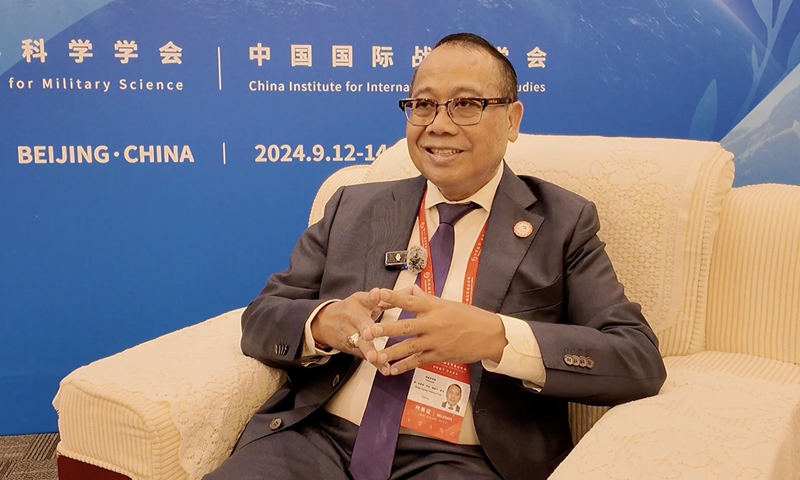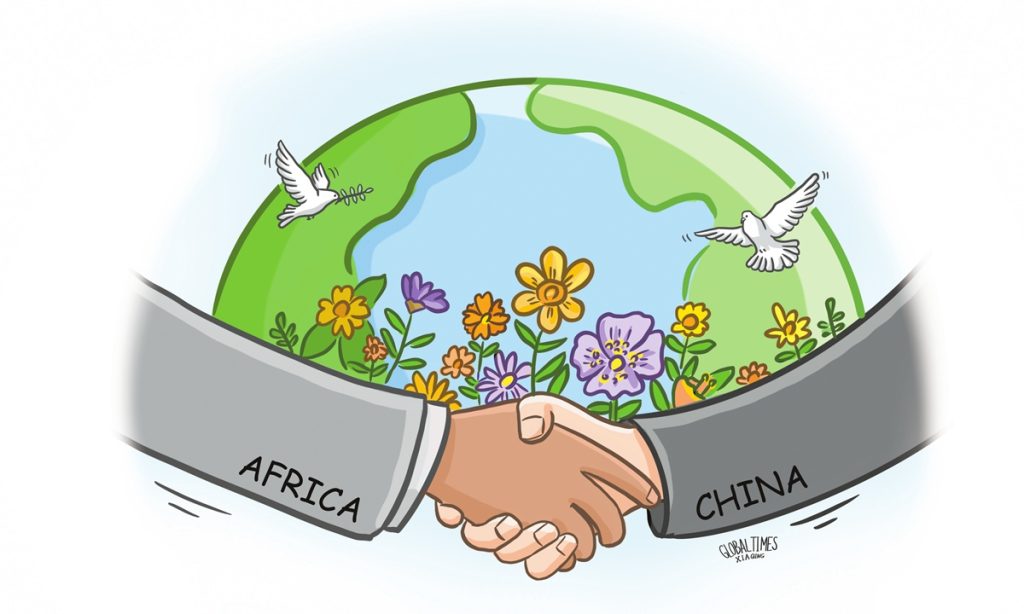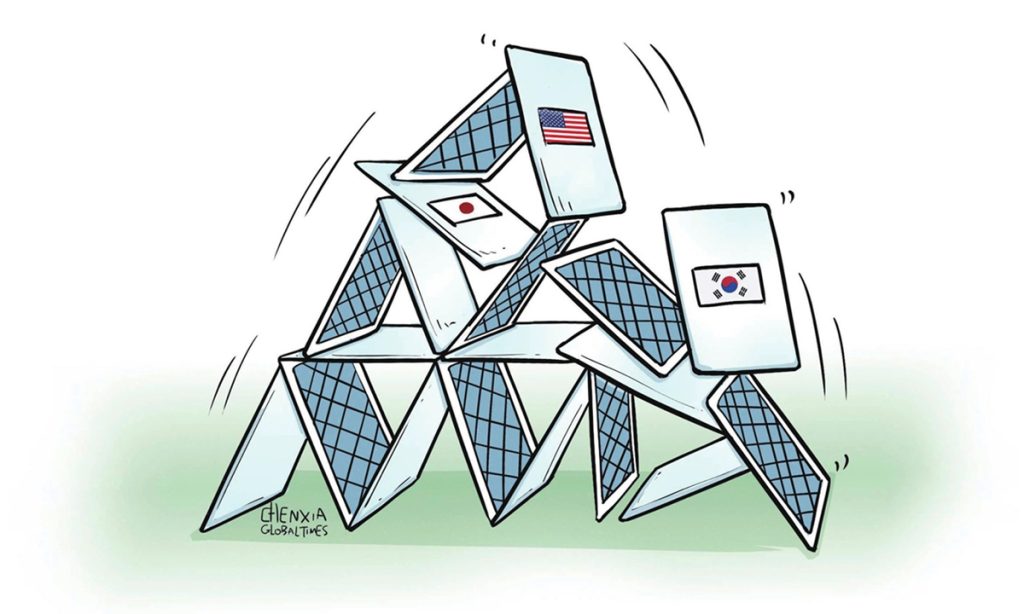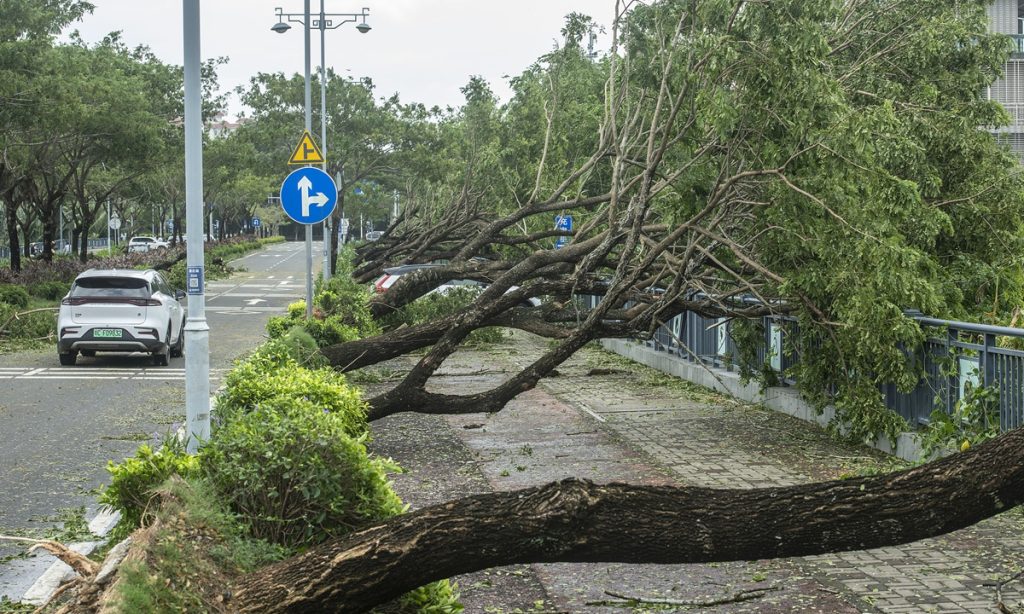Exhibition kicks off in Beijing to commemorate 60 years of international scientific cooperation
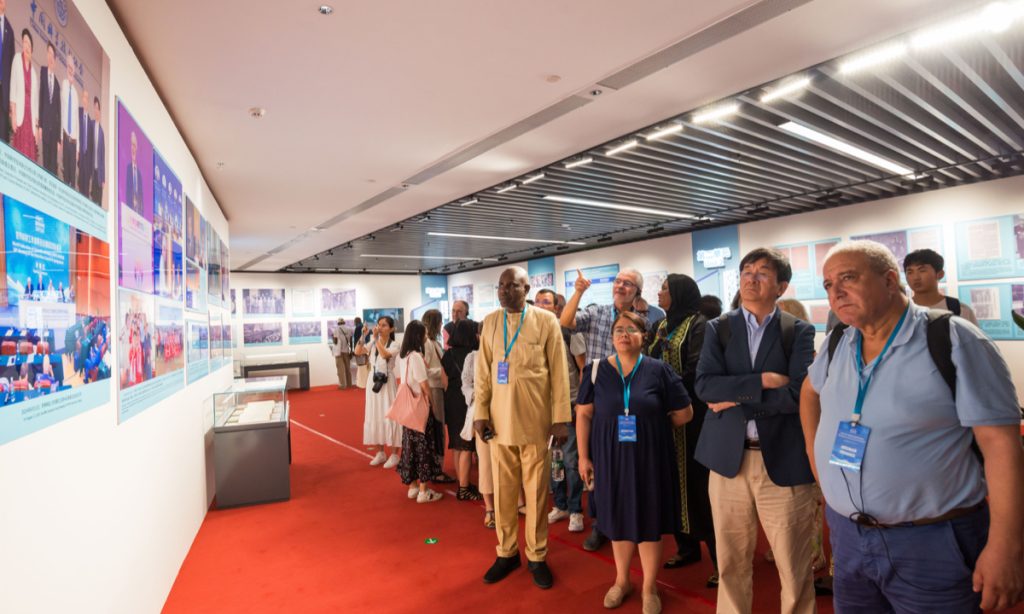
An exhibition themed on the history of cooperation between the China Association for Science and Technology (CAST) and the World Federation of Scientific Workers (WFSW) opened on Tuesday as part of the activities to celebrate the 60th anniversary of the cooperation between the two sides.
The WFSW is the first international organization that CAST joined. In 1964, the Peking Symposium, the first large-scale international academic conference held by China, took place, according to CAST.
Looking back at the history of cooperation between CAST and WFSW, their shared original aspiration and central theme have always been working together for science. Chinese scientists actively participated in the preparation and establishment of WFSW and related activities, promoting scientific and technological cooperation. To facilitate this, China hosted the 1964 Peking Symposium, inviting scholars from around the world to discuss the mission and development of science. Since the start of reform and opening up in 1978, CAST has continued to deepen cooperation with WFSW, committing to international scientific and technological exchanges, advocating trust and cooperation, and contributing to maintaining world peace, addressing global challenges, and promoting the sustainable development of human society, according to a statement from CAST sent to the Global Times.
So far, CAST and other Chinese scientific associations have joined 875 international organizations, and nearly 800 international academic conferences are held in China annually. These achievements and prospects in the field of science and technology demonstrate China's significant progress in opening up to the outside world.
Looking ahead, CAST stated that they are unfolding a new chapter in international scientific cooperation. This year marks the 60th anniversary of the 1964 Peking Symposium, providing an excellent opportunity to review the history of cooperation and create a better future. As part of this commemoration, CAST organized an exhibition themed on the history of cooperation between CAST and WFSW.
China will continue to adhere to a high level of openness to the world. In today's world, cooperation is the only way to achieve win-win results, especially in the field of technology, as science knows no borders, Shi Yigong, deputy president of CAST, said in a speech at the opening ceremony of the exhibition.
In 1964, the WFSW and CAST jointly organized the Peking Symposium, successfully breaking through technological barriers and promoting international scientific exchanges. Today, as we gather here, we are not only commemorating this conference but also reflecting on the past and present, and opening up new pathways for our future cooperation and mutual benefit, Shi noted.
Many valuable materials that document the history of China's scientific cooperation with the world are displayed at the exhibition.
For example, the first picture in the first unit of the exhibition, "The Vision of the World," comes from a report in the British journal Nature on the conference “Science and the Welfare of Mankind,” held in February 1946 in London. Related questions concerning the establishment of WFSW were discussed after the conference. Chinese meteorologist Tu Changwang and the late nuclear physicist Qian Sanqiang attended the conference, representing the Chinese science and technology community.
Another picture in the third unit, "Enhancing International Collaboration," shows then Chinese Premier Zhou Enlai meeting with representatives from various countries attending the inaugural meeting of the WFSW Peking Center and the preparatory meeting of the Peking Symposium in September 1963.
Co-chairman of WFSW, Jean-Paul Lainé, expressed his appreciation for the positive, fruitful, and sincere cooperation between CAST and WFSW over the past 60 years during the exhibition. He emphasized that this collaboration should serve as a model for cooperation between different scientific organizations worldwide.
For example, during the COVID-19 pandemic, China shared information about the virus with the world soon after the pandemic broke out. This is a typical example of the benefits of cooperation, Lainé told the Global Times.
Lainé emphasized the importance of cooperation and communication in addressing global challenges such as the COVID-19 pandemic. He praised China for sharing information about the virus early on, which he believes is a testament to the benefits of working together.
However, Lainé also raised concerns about the threats facing such cooperation, particularly due to geopolitical tensions.
A report published in Nature in July revealed a decline in research collaborations between China and the US. "This decline is a really bad signal. Regardless of the political climate, scientific communication should remain unaffected, as the purpose of science is to benefit people rather than governments," Lainé stressed.
CAST is the largest scientific organization in China, serving as a home for 120 million Chinese science and technology workers. It represents China in 380 international scientific organizations and maintains long-term cooperation with 136 scientific and engineering institutions in 49 countries, according to the association.
